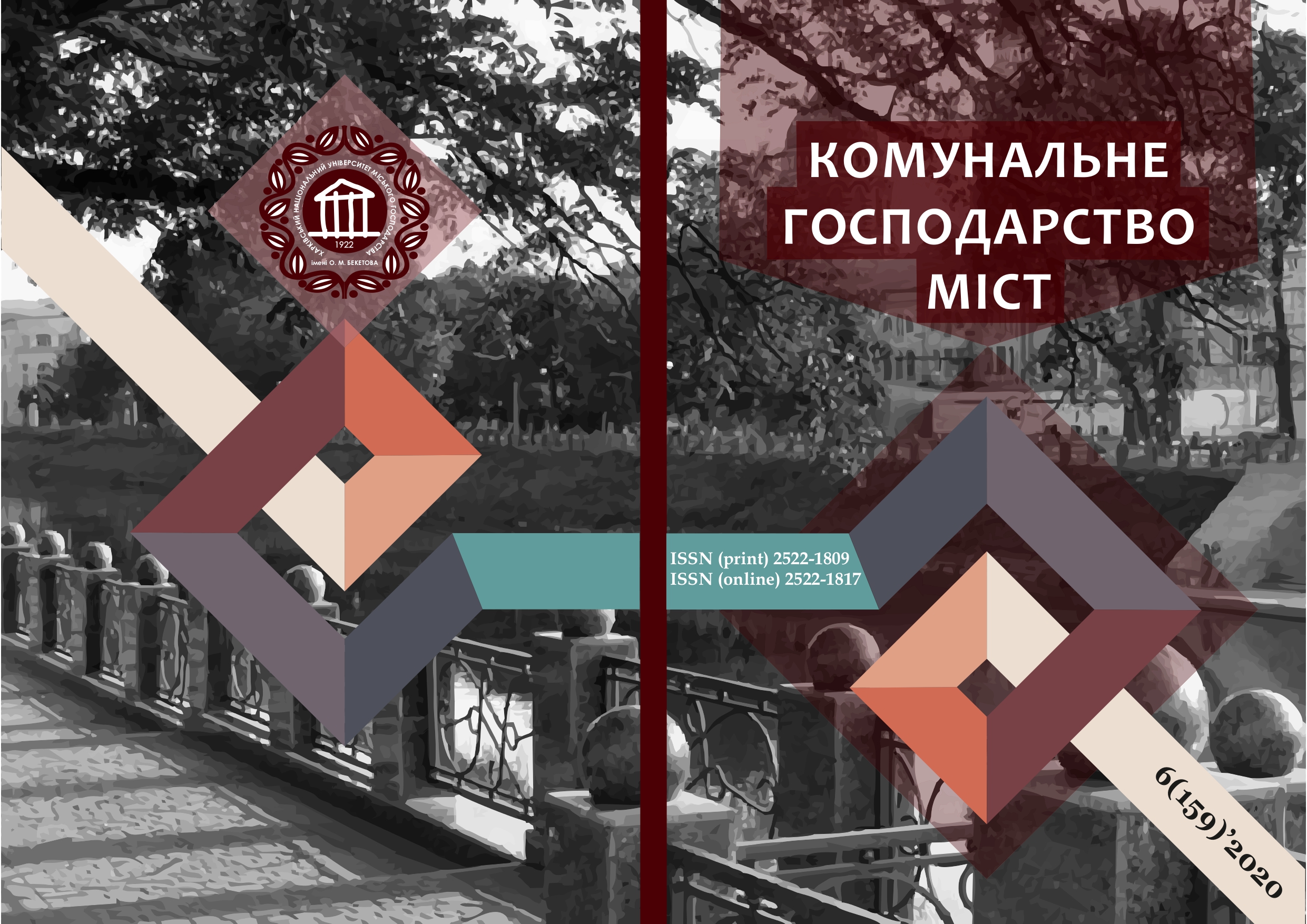CREEP OF REINFORCED CONCRETE THIN-WALLED STRUCTURES TAKING INTO ACCOUNT REVERSE DEFORMATIONS
Array
Keywords:
creep, long-term strength, reinforced construction, anisotropy, finite element methodAbstract
One of the main tasks, which is solved at the design stage of the reinforced concrete element, is the analysis of the stress-strain state, as well as the determination of the service life. The article is devoted to modeling of nonlinear creep of reinforced concrete structural elements taking into account damages and return of the creep. The high priority of the research topic is substantiated, the purpose and objectives are formulated. A combination of a plastic model with fracture mechanics is proposed to simulate the behavior of concrete in accordance with its characteristics, including not only stress and deformation, but also the degradation of its stiffness. The resulting equations of state correspond to the law reverse deformations. The finite element method is used to solve the boundary value problem. For the sake of numerical modeling of thin-walled structures, the use of special shell elements is proposed. The mathematical formulation of the problem of creep of reinforced concrete structural elements taking into account anisotropy of material properties and creep deformations and return of the creep is presented. Creep problems of thin-walled structural elements were solved with the help of developed software. Analyzed the deformation of reinforced concrete panel of cylinder. The analysis of the results allows us to judge the effectiveness of the proposed model as a whole. The equation of state reflects the anisotropy of the material properties and takes into account the damage, which allows for a reliable assessment of the strength, stiffness and durability of reinforced concrete structures. Conclusions about the adequacy of the analysis of reliability and durability of reinforced concrete structures using the proposed model.
References
2. Xinhua, X. & Xingguo, Y. (2014). A damage model for concrete. International Journal of Damage Mechanics 2014, Vol. 23(2), 155–177.
3. Bari M. S. (2000). Punching Shear Strength of Slab-Column Connections – A Comparative Study of Different Codes.” Journal of the Institution of Engineers, V. 80, No. 4, P. 163–168.
4. Babut, R. (1983). Load capacity and deformability of structures subjected to bending made of concrete with dispersed steel Fibers (in Polish). In: Mechanics of concrete-like composites. Ossolineum, Wroclaw, 71–145.
5. Basista, M. (1993). On micromechanical modeling of deformation of compact rock in compression. Eng Transactions 41, 395–417.
6. Breslavsky, D., Chuprynin, A., Morachkovsky, O., Tatarinova, O., & Pro, W. (2019). Deformation and damage of nuclear power station fuel elements under cyclic loading. The Journal of Strain Analysis for Engineering Design. Breslavsky, D., Chuprynin, A., Morachkovsky, O., Tatarinova, O., & Pro, W. (2019). Deformation and damage of nuclear power station fuel elements under cyclic loading. The Journal of Strain Analysis for Engineering Design.
7. Shpachuk V. P., Rubanenko A. I. & Vashchenko Yu. I. (2017). Influence of mechanical and structural parameters of the rod with a damper on the natural frequencies of transverse vibrations / Utilities cities. Series: Technical Sciences and architecture. Kharkiv, Ukraine:134, 2–7.
8. Berg О.Y. (1961). Physical foundations of the strength theory of concrete and reinforced concrete. Moscow, Russia: Gosstroyizdat, 96.
9. Chuprynin A. A. & Sereda N. V. (2017). The creep and durability of reinforced concrete structural elements / Utilities cities. Series: Technical Sciences and architecture. Kharkiv, Ukraine:135, 2–6.
10. Zenkevitch O. (1975). Finite element method in engineering. Moscow, Russia: Mir, 238.
11. Breslavsky D.V, Metelev V. A. & Morachkovsky O. K. (2015). Anisotropy creep and damage of structural elements under cyclic loading / Strength problems: №2, 21–29.
12. Kotov D.S. (2009). Shrinkage deformations of concrete modified with chemical and fine mineral fillers / Civil engineering journal: № 7, 11–21.
Downloads
Published
How to Cite
Issue
Section
License
The authors who publish in this collection agree with the following terms:
• The authors reserve the right to authorship of their work and give the magazine the right to first publish this work under the terms of license CC BY-NC-ND 4.0 (with the Designation of Authorship - Non-Commercial - Without Derivatives 4.0 International), which allows others to freely distribute the published work with a mandatory reference to the authors of the original work and the first publication of the work in this magazine.
• Authors have the right to make independent extra-exclusive work agreements in the form in which they were published by this magazine (for example, posting work in an electronic repository of an institution or publishing as part of a monograph), provided that the link to the first publication of the work in this journal is maintained. .
• Journal policy allows and encourages the publication of manuscripts on the Internet (for example, in institutions' repositories or on personal websites), both before the publication of this manuscript and during its editorial work, as it contributes to the emergence of productive scientific discussion and positively affects the efficiency and dynamics of the citation of the published work (see The Effect of Open Access).

